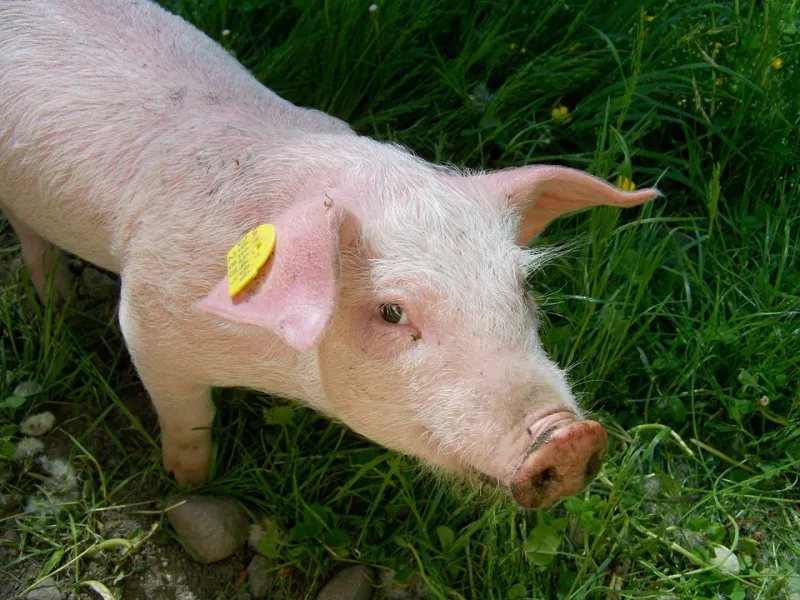Despite the coronavirus, the decline in oil prices and the global lockdown, the Russian economy did well in 2020. And how did COVID-19 affecte the Russian pork market?
In general, a record amount of pork meat was produced in 2020, which is several times more than in 2019. The reason for this was the restriction on imports from a number of countries. It was in 2020 that, despite all the obstacles, new production facilities were commissioned. This factor increased production by 8.9% in all categories of farms. But the greatest increase is noted precisely in the industrial sector of pig production - by 10.8% per year.
Most pork in Russia is produced on the territory of the Belgorod region (16.8% of all pork produced in the country). An increase in the production of this meat was also shown by the Kursk (+65 thousand tons), Pskov (+34 thousand tons) and Tambov regions (+33 thousand tons).
Experts note that the reason for the sharp decline of Russia`s pork imports was the coronavirus, the devaluation of the ruble and the introduction of a flat duty. Thanks to these factors, Russian-made pork meat has become price competitive on the world and domestic markets. Therefore, one should not expect an increase in imports. However, in order to show that Russia meets the WTO requirements, small imports will still be possible (up to 50-100 thousand tons per year).
Also, in 2020, more pork was exported than in 2019. Mainly supplies were made to Vietnam (brisket and cuts 47%), Ukraine (carcasses and half-carcasses 80%) and Hong Kong (brisket 93%).
According to experts' forecasts, in view of the increased global demand for meat and an increase in production, Russian pork exports will continue to grow and in 2021 may exceed 250 thousand tons, which in turn may become an important driver of the Russian pork market.
At the end of 2019 and beginning of 2020, the average prices for pork meat were at a fairly low level. However, in mid-2020, feed price increases accelerated and outbreaks of African swine fever triggered a jump in pork prices.
In general, it can be noted that the coronavirus did not have a particular impact on the Russian pork sector in 2020. In part, consumer preferences have changed, moving towards semi-finished products, but the pandemic did not affect the consumption of pork meat and production volumes. The sector has managed to avoid the difficulties of labor shortages, as has happened in many countries. Also, the Russian export of pork meat did not suffer too much from the covid restrictions.
However, the Russian pork market failed to completely avoid the negative impact of viruses. However, the "fly in the ointment" in this case was not the covid, but the African swine fever virus.
© Inline LLC 2015-2026. Privacy Policy | Terms of Service